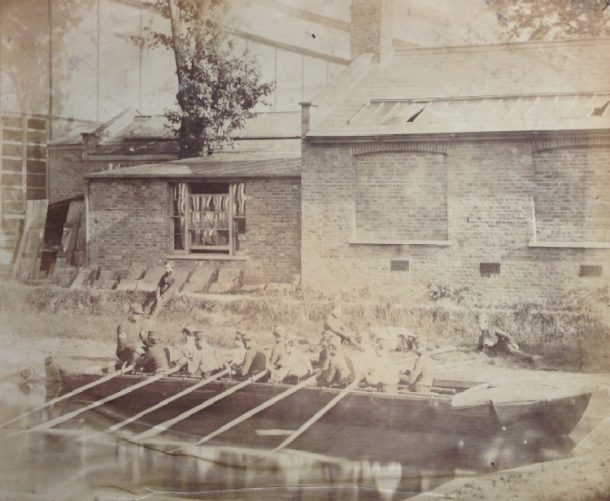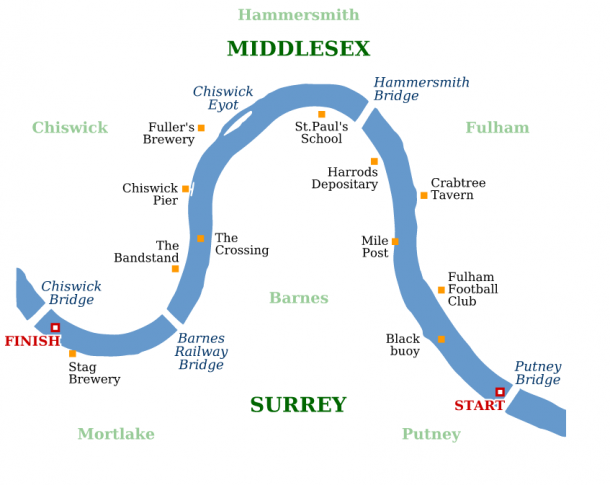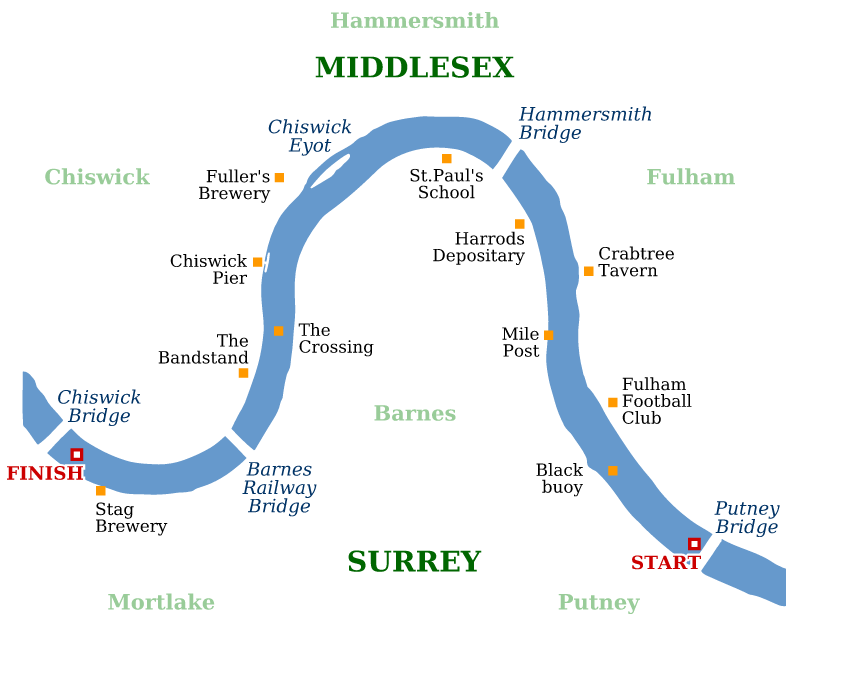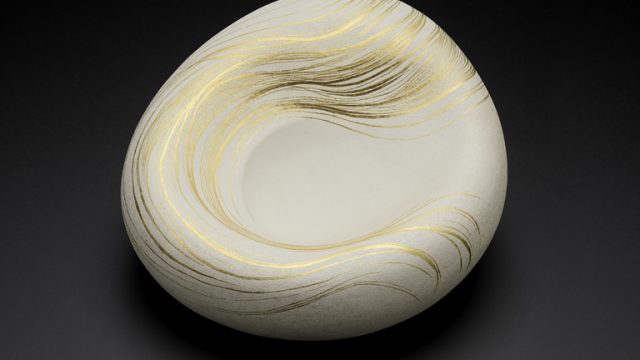How did your crew fare in yesterday’s Cancer Research UK Boat Race (aka Oxford and Cambridge Boat Race)? After last year’s disappointment, it was a relief (for me) to see the Dark Blues triumph in the men’s race. As Henry Cole (1808-1882), the V&A’s first director, went straight from school at Christ’s Hospital, Horsham, to a job as clerk (trainee archivist) at the Records Commission, I’m not sure whether he would supported the Dark Blues or the Light Blues; he attended the 1861 race with three of his daughters, although his brief diary entry mentions only the name of the victorious crew: ‘Oxford winners by far [16 lengths]’. Perhaps Cole shared the impartial sentiment of Alfred Hargrave (Trinity College, Cambridge), who wrote in his poem The University Boat Race, 1865, ‘And if it is not a mortal sin / I wish that both such crews could win’.
When it comes to the Royal Artillery and Royal Engineers Boat Race, however, we can be pretty confident that Cole cheered on the officers of the Royal Engineers, as a small detachment of Sappers was stationed at the South Kensington Museum. The Sappers acted as an on-site fire-brigade, although their duties extended to clerical work, photography, warding and general maintenance. Another Royal Engineer and close friend of Cole, Captain Francis Fowke (1823-1865), had been responsible for designing and superintending the construction of some of the V&A’s earliest buildings.

On Thursday 24 June 1869, Cole took his two eldest sons, Harry and Alan, down to the Thames to watch the inaugural race, as he recorded in his diary:
With Harry & Alan to the Boat race (the first) Between R.A. & R.E. A good race won by the RA by a length.
Cole’s account is typically concise. Thankfully, The Times published a stroke-by-stroke account the next day.
The Royal Engineers eight must have been the odds-on favourites before the race, as they had their own boat club and rowed competitively at regattas around Chatham. They had also spent the fortnight prior to the race in Putney with their coach J. G. Chambers, a former President of the Cambridge University Boat Club. By contrast, the Royal Artillery was fairly new to rowing; they practised daily during the course of the Henley Royal Regatta before relocating to Putney with their coach, Walter Bradford Woodgate of Brasenose College, Oxford, who had rowed for the Oxford eight in 1862 and 1863, a few days before the race.
ROYAL ENGINEERS ROYAL ARTILLERY
1. W. W. Darby E. B. Lockyer
2. J. C. Barker Hamilton Geary
3. G. V. Sivewright F. Carey
4. C. W. Whinfield Cecil Le Mesurier
5. A. T. Preston H. E. Preston
6. C. H. Brookes F. M. Longcroft
7. D. A. Johnston L. Chapman
L. F. Brown [stroke] H. T. Lugard [stroke]
W. James [cox] C. Jones [cox]
The course started in Putney and ended at a flag-boat moored just above Chiswick Eyot, so slightly over half the distance of today’s championship course.

The accompanying flotilla comprised eight steamers of varying sizes, one of which, the Sunflower, carried His Royal Highness Prince Alfred and the race umpire Frank Willan, President of the Oxford University Boat Club. I wonder if Cole watched from the bank or one of the steamers? The Engineers won the toss and elected to take the Middlesex station; the race commenced at 14.05.
I’ll hand you over to The Times correspondent for some of the race highlights:
The Engineers were the first to catch the water, and in half a dozen strokes they had gained nearly half a length of their opponents, who were very slow in getting underway; but when they had rowed a few strokes they rapidly began to make up their lost ground, and at the Duke’s Head the two boats were level … At the London Rowing Club boathouse the Artillery had increased the advantage they had gained, and were about half-a-length in front of the Engineers, who were rowing a rather sluggish stroke … at Craven Cottage they lost a trifle of this advantage by their coxswain steering them towards the Engineers … a foul was imminent, but was avoided by the other boat giving way …it was not until both had passed Grass Wharf, on the Middlesex shore, and were making the shoot across the water for the Surrey side, that the stern of the Artillery eight was clear of the bow of the Engineers … From the Soapworks point to Hammersmith-bridge the steering of both crews was very erratic, the coxswain of the Engineers pointing his boat’s nose towards the Hammersmith shore, and the other following suit … As they neared the bridge … it became evident that the Artillery would go right on to the steamboat pier if their coxswain did not alter his course … Notwithstanding this they passed under the bridge in 8 minutes 40 seconds, about two lengths ahead of the Engineers … At the bottom of Chiswick Eyot the Engineers spurted, and steering a better course than their opponents, who were again hampered by a barge, were beaten after a good race by a length and a half.
The Royal Artillery won in a time of 13 minutes 5 seconds. The Royal Engineers, however, avenged their defeat a year later.
References
Henry Cole’s diary, 1869
‘The Royal Engineers and Royal Artillery Boat Race’, The Times, Friday June 25, 1869, p. 5
‘Aquatics: Royal Artillery v. Royal Engineers’, The Royal Engineer Journal, 1870-1, pp. 18-19



